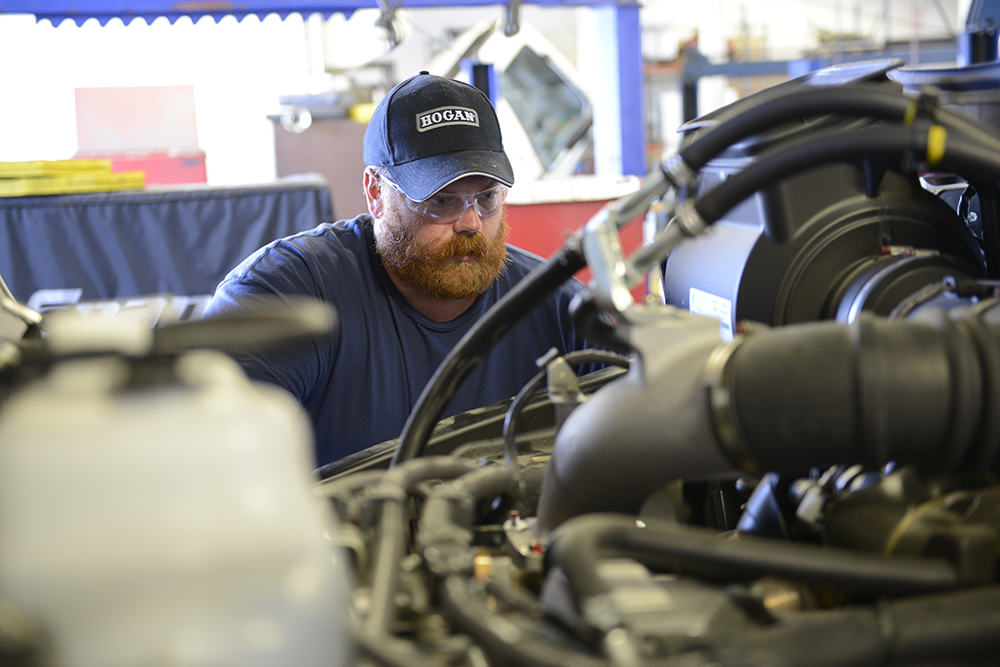One of the ways companies are controlling costs is by maintaining lean, just-in-time inventory. That makes on-time delivery more important than ever.
In an increasingly competitive, global economy, businesses look at all of the ways they can better manage working capital and cash flow throughout the enterprise. One of those ways is to maintain “just-in-time” inventory. This is a business strategy geared to increase efficiency and reduce cost and waste by receiving goods only as they are needed for manufacturing, production, or sales. This requires extreme accuracy in forecasting; today’s analytics software makes this possible.
Each step in the supply chain needs to be synchronized so that there is always enough inventory to satisfy demand without leaving excess inventory on the shelf. One cannot forget that making sure that all product is where it is needed…when it is needed. And that is where the challenge for trucking comes in.
According to an article in FleetOwner last week, “fleets will need to remain nimble in the just-in-time economy.” That requires both pickup and delivery to be right on time…every time. Shippers are not interested in why a delivery or pickup time may be missed. In a world that revolves around data and technology, companies must be agile and up-to-date with their technology…and that includes those in our industry.
Whether you are a B2C or B2B business, the reality is that Amazon has forever changed the landscape when it comes to customer expectations. If your customer is a manufacturer waiting for raw materials to complete product or a retailer waiting for a shipment of goods, timeliness of delivery is essential, especially when these businesses are maintaining just-in-time inventory. Delays can mean lost deadlines and lost sales.
But, you say, things happen. True, there are unpredictable disasters that can impede delivery…snowstorms, accidents, floods, etc. That is why logistics and telematics are playing an ever-greater role in ensuring on-time delivery. Using this technology, fleets can know exactly where all of their vehicles are at any time as well as the status of those vehicles. GPS can offer alternative routes when accidents create roadblocks. This technology, coupled with advanced weather predications can also suggest different ways to travel. Analytics also plays a key role, enabling fleet operators to know, ahead of time, which vehicles (and drivers) will perform the delivery most efficiently, both in cost and time.
What the article in FleetOwner makes clear is that, in order to have a clear competitive advantage, fleets will need to invest in data collection, analytics, and AI along with hardware and capital investments. Those that refuse to do so or wait too long face real uncertainty in this just-in-time world.
Check out NationaLease’s Dedicated Logistics offering.




